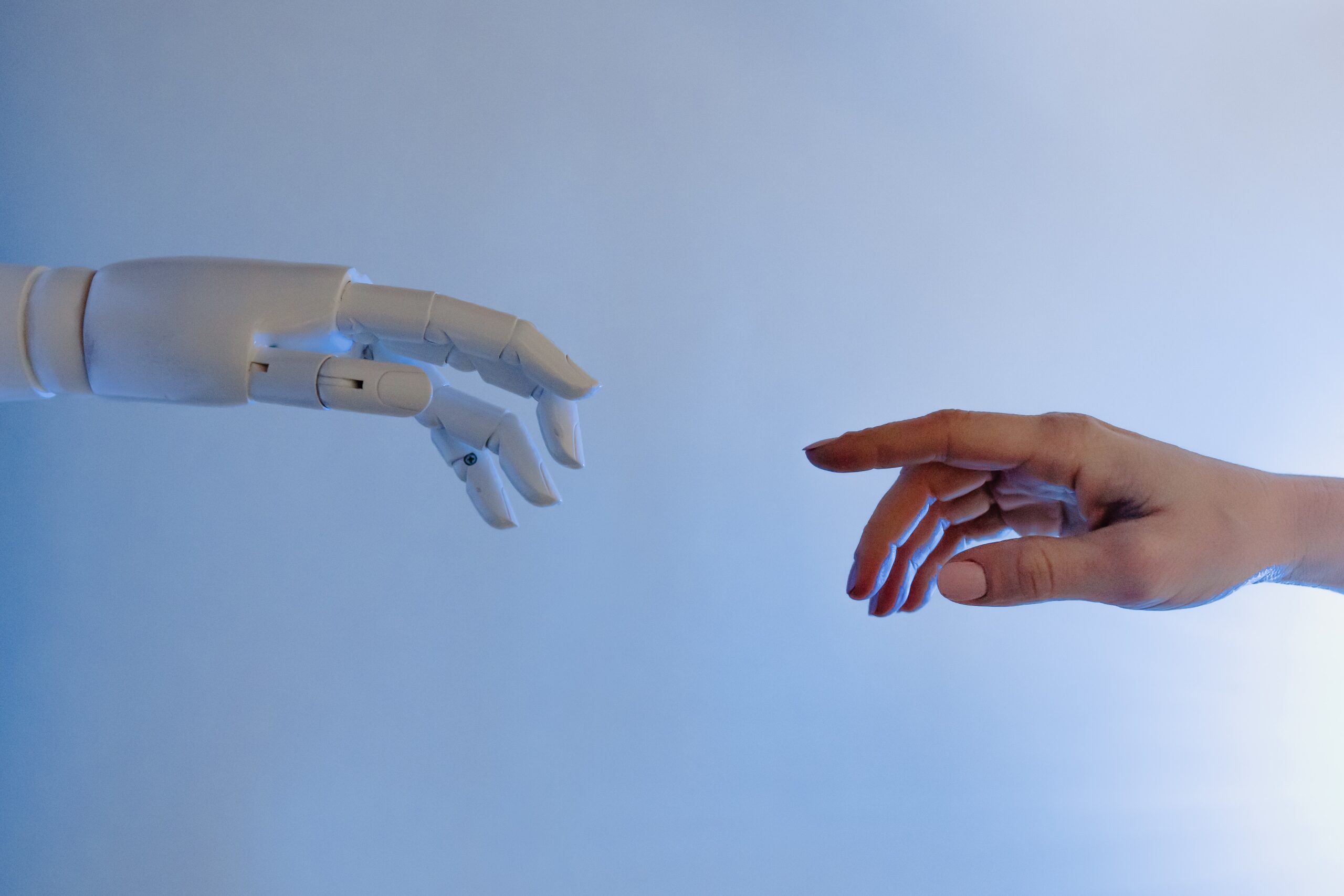As technology continues to advance, the banking industry is constantly evolving. The way we manage our money, access financial services, and interact with banks is changing rapidly. In this article, we will explore the emerging trends and technologies that are shaping the future of banking.
Mobile Banking
Mobile banking has become increasingly popular in recent years, and this trend is only going to continue. According to a study by the Federal Reserve, 53% of smartphone users with a bank account have used mobile banking in the past 12 months. The convenience of being able to manage your finances on the go is a major factor in the popularity of mobile banking. In the future, we can expect to see more advanced features, such as biometric authentication, personalized financial advice, and real-time notifications.
Artificial Intelligence
Artificial Intelligence (AI) is already being used in the banking industry to improve customer service, detect fraud, and automate processes. However, the potential applications of AI are far-reaching. For example, banks can use AI-powered chatbots to provide customer support, analyze large amounts of data to personalize financial advice, and even predict market trends.
Blockchain Technology
Blockchain technology, which underpins cryptocurrencies like Bitcoin, has the potential to revolutionize the banking industry. Its decentralized and transparent nature could make transactions faster, cheaper, and more secure. In addition, blockchain technology can be used to create smart contracts that automate processes like loan approvals and insurance claims.
Open Banking
Open banking is a concept that allows third-party developers to access bank data and create new financial services. This can include everything from budgeting apps to investment platforms. By opening up their APIs (application programming interfaces), banks can foster innovation and provide customers with more options. However, there are also concerns about data privacy and security.
Biometric Authentication
Biometric authentication, such as fingerprint and facial recognition, is becoming more prevalent in the banking industry. This technology provides an additional layer of security, as biometric data is unique to each individual. In the future, we can expect to see even more advanced forms of biometric authentication, such as voice recognition and iris scanning.
Wearable Technology
Wearable technology, such as smartwatches and fitness trackers, is already being used to make payments and check account balances. In the future, we can expect to see more advanced features, such as biometric sensors that can detect signs of stress and alert customers to potential fraud.
The future of banking is exciting and full of potential. As technology continues to advance, we can expect to see more personalized and convenient financial services, as well as increased security and transparency. However, it is important for banks to balance innovation with data privacy and security concerns.





